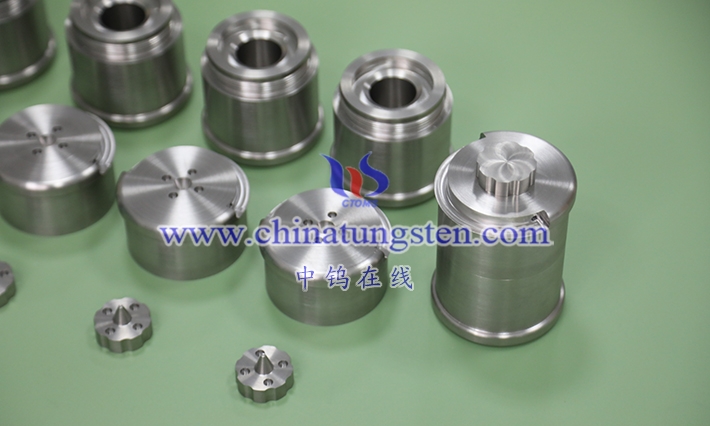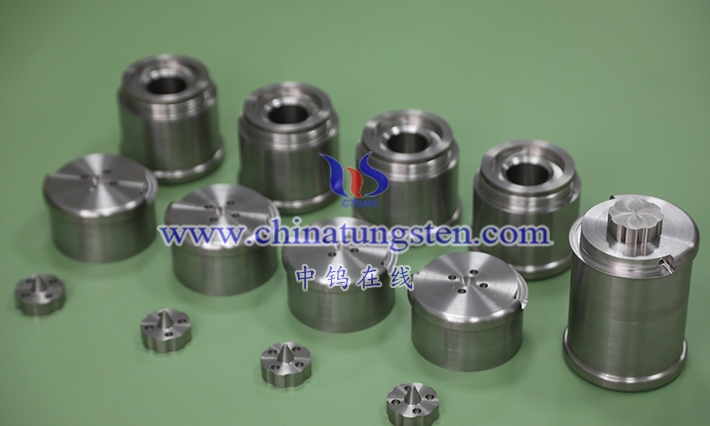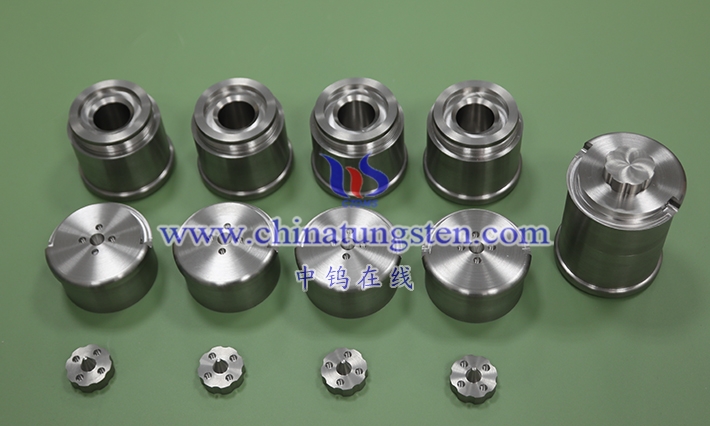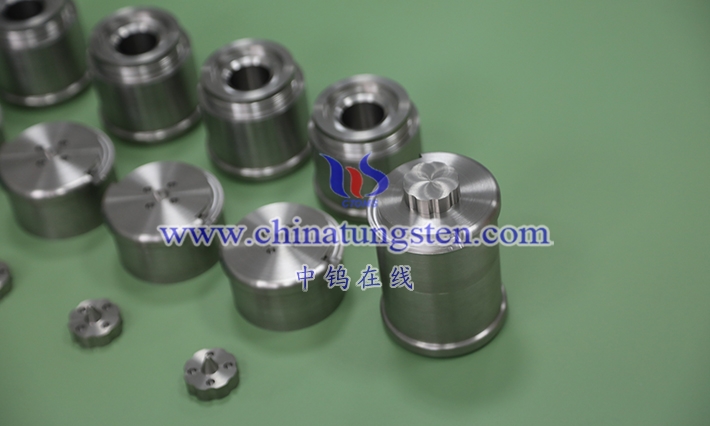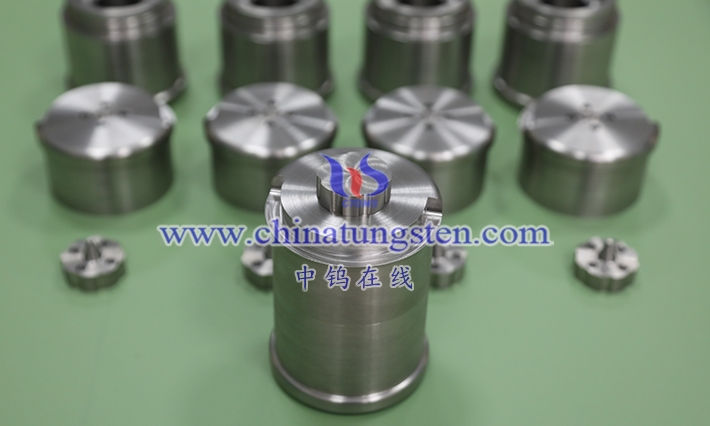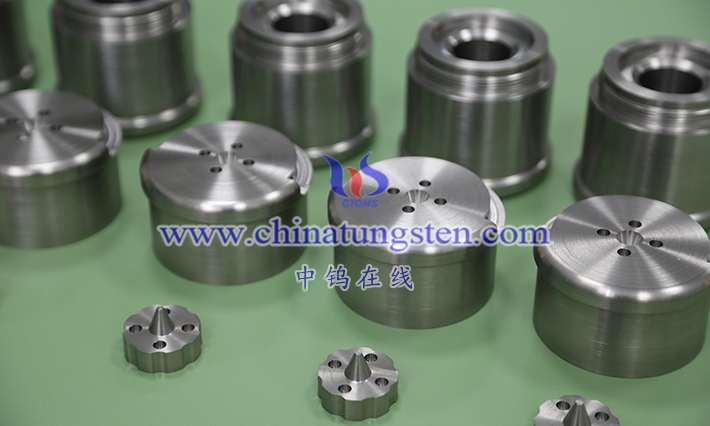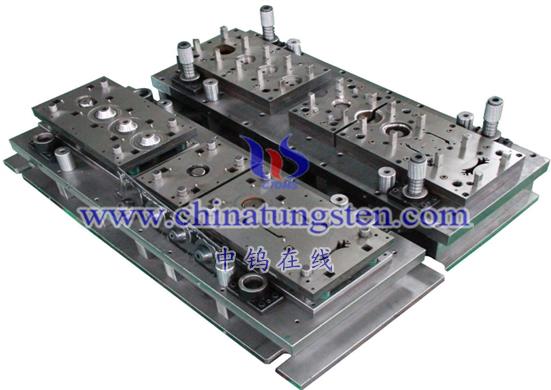
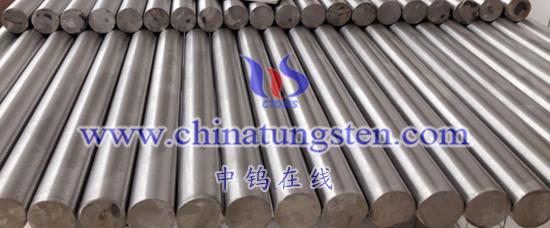
In the alloying process of tungsten-molybdenum alloy, selecting the appropriate binder is a key step, which has an important impact on the subsequent molding and sintering processes as well as the properties of the final material. Here are a few factors to consider when choosing the right adhesive:
Bond strength
The binder should have sufficient bonding strength to ensure that the powder particles are tightly combined during the molding process and maintain a stable shape during the sintering process.
Thermal stability
The binder should have good thermal stability and be able to avoid decomposition or volatilization during high-temperature sintering to avoid adverse effects on the composition and performance of the alloy.
Sintering properties
The binder should be easily removable from the alloy without leaving a residue during the sintering process to ensure the purity and performance of the alloy.
Environmental protection
The selection of binders should consider environmental factors and avoid the use of toxic or harmful substances to comply with relevant environmental regulations and standards.
Based on the above considerations, commonly used binders include organic binders (such as polymers, resins, etc.) and inorganic binders (such as metal oxides, silicates, etc.). The specific choice of binder needs to be comprehensively considered based on factors such as the specific composition, molding process and sintering conditions of the tungsten-molybdenum alloy. In actual applications, trial and evaluation may be necessary to determine the most suitable binder type and amount.
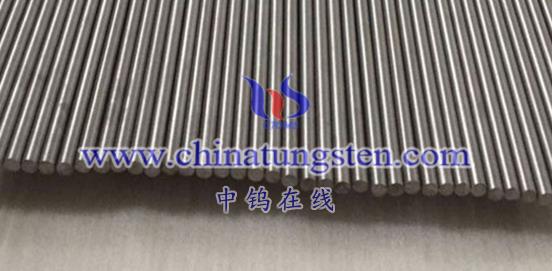
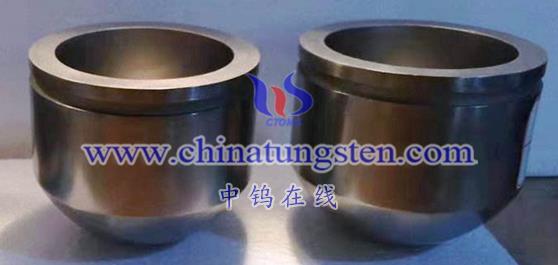
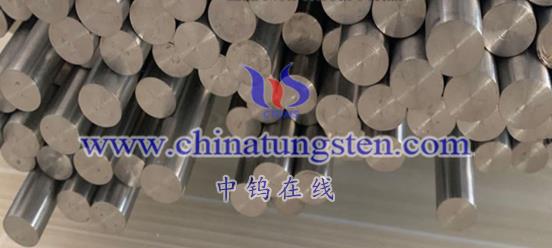
More details of tungsten alloy product, please visit website: http://tungsten-alloy.com/
Please contact CHINATUNGSTEN for inquiry and order of tungsten alloy:
Email: sales@chinatungsten.com
Tel.: 86 592 5129595
